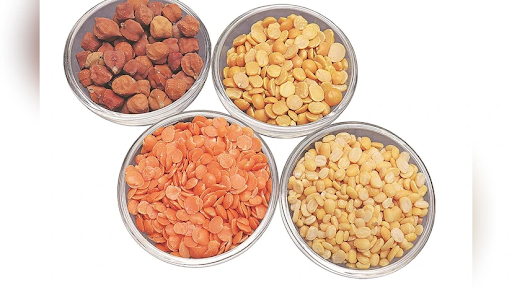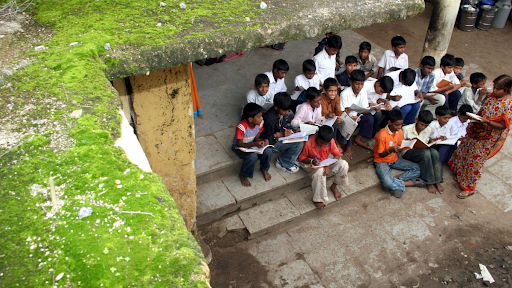




Copyright infringement not intended
Picture Courtesy: https://indianexpress.com/article/india/midh-guidelines-cost-norms-9643177/#:~
The Mission for Integrated Development of Horticulture (MIDH) and Mission Amrit Sarovar is in the News.
The Union Government has decided to include four new components; Hydroponics, Aquaponics, Vertical Farming, and Precision Agriculture, under the Mission for Integrated Development of Horticulture (MIDH).
|
Hydroponics |
It is a method of growing plants without soil using nutrient rich water solution. |
|
Aquaponics |
It combines aquaculture with hydroponics. In this system, the waste produced by fish provides essential nutrients for the plant, while the plants help to purify the water for the fish. |
|
Vertical Farming |
It involves growing crops in a vertical layer, generally integrated into other structures like building or shopping containers. These methods maximize space use and can be implemented in urban environments where land is scarce. |
|
Precision Agriculture |
It is a data-driven approach to farming that uses technology to monitor and manage crop production. It uses various tools such as GPS sensors, drones and data analysts to gather information about soil conditions, weather patterns and crop health. By analyzing the data, farmers can make informed decisions about planting, irrigation, fertilization, and pest control. |
MIDH is a Centrally Sponsored Scheme (CSS) implemented from 2014-15 to promote the cultivation of fruits, vegetables, root and tuber crops, mushrooms, spices, flowers, aromatic plants, coconut, cashew, cocoa and bamboo.
It is under the Ministry of Agriculture and Farmers Welfare. It has an allocation of Rs 2,000 crore for the fiscal year 2024-25.

|
India's overall horticulture production increased to 334.60 million metric tonnes in 2020-21 from 240.53 million metric tonnes in 2010-11. Horticulture production surpasses food grains in the country. India is now the world's second largest producer of fruits and vegetables. |
The Prime Minister has launched several initiatives in Amreli, Gujarat, including the Mission Amrit Sarovar.
It was launched in April 2022 as a part of the celebration of "Azadi Ka Amrit Mahotsav" for 75th years of independence.
The objective is to construct and rejuvenate at least 75 water bodies in each district of the country to address the water crisis in rural areas.
It is launched with a comprehensive approach in which 6 Ministries/Department coordinate:
The mission worked through various schemes such as MGNREGS, 15th Finance Commission Grants and PM Krishi Sichayi Yojana, along with state specific schemes.
Must Read Articles:
Source:
|
PRACTICE QUESTION Q.Consider the following statements in the context of Precision agriculture: 1. It improves crop yield by optimizing input use. 2. It eliminates the need for any fertilizers or pesticides. 3. It reduces water usage through targeted irrigation. 4. It contributes to sustainability by minimizing waste. How many of the above statements are correct? A) Only one B) Only two C) Only three D) All four Answer: C Explanation: Statement 1 is correct: Precision agriculture uses data and technology to apply inputs; water, fertilizer and pesticides more efficiently. Statement 2 is incorrect: It does not eliminate the need for fertilizers or pesticides. It optimizes their use, reducing the quantity needed and minimizing environmental impact. Statement 3 is correct: It utilizes technologies such as soil moisture sensors and drip irrigation systems to deliver water directly to the plant roots. Statement 4 is correct: By optimizing the use of inputs and resources, it minimizes waste and reduces the environmental footprint of farming. This contributes to more sustainable agricultural practices. |






© 2025 iasgyan. All right reserved